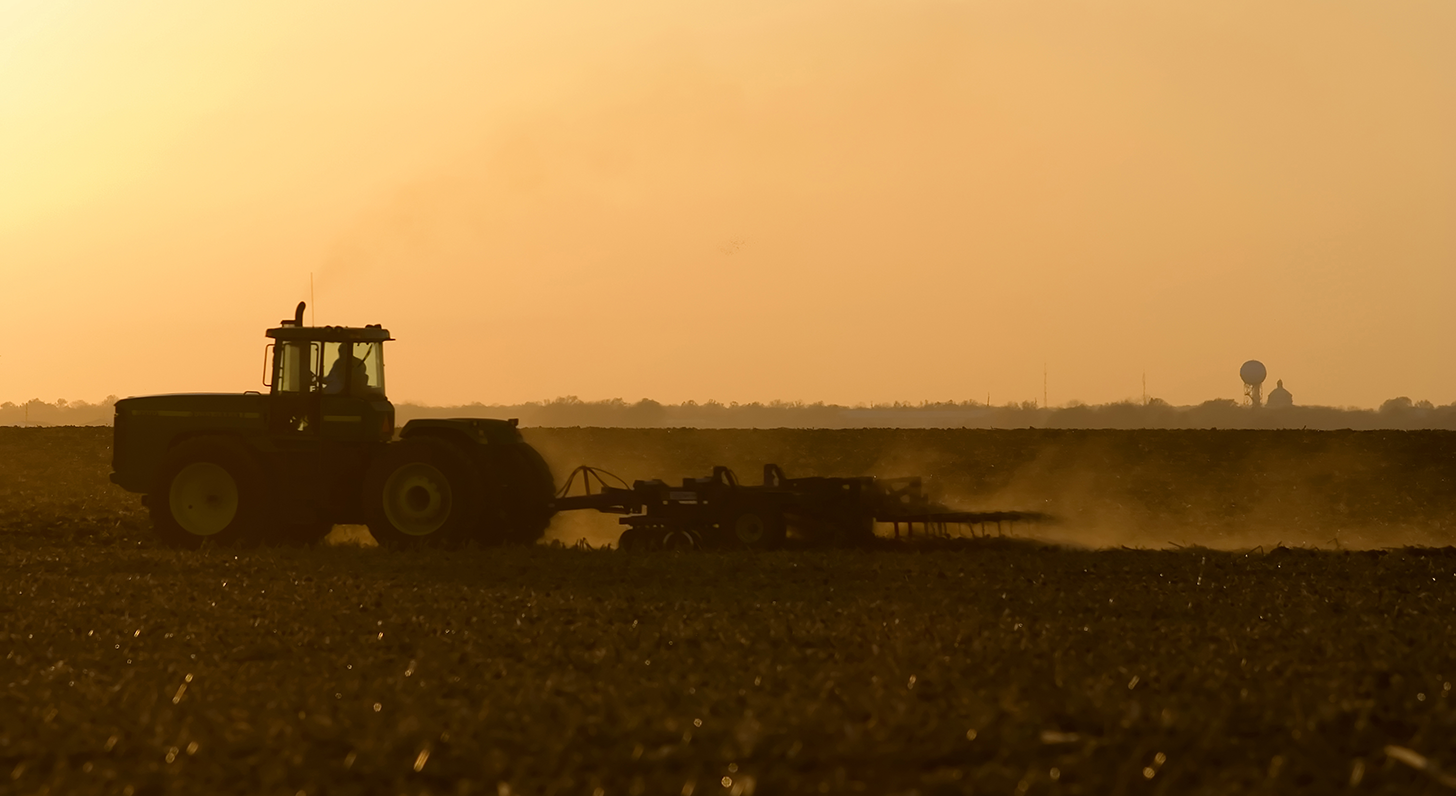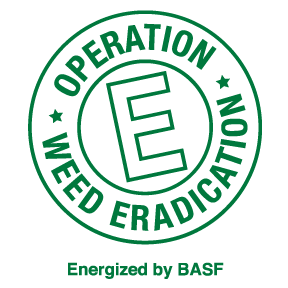Post-harvest — A Time to Reflect and Plan
Build your weed management plan with a yearlong focus

Overcoming weed resistance is challenging. While eradicating — or at least controlling — weed issues may seem like an overwhelming task, it’s doable with a management plan and yearlong diligence. Post-harvest is an excellent time to reflect on the growing season’s weed issues and create a plan for 2022 and beyond.
Two questions to consider:
1. What weed species are the most troublesome in my fields?
2. What would it take to eradicate them?
In the Midwest and South, pigweed is likely the answer to the first question. Pigweed species, specifically Palmer amaranth and waterhemp, are oftentimes the most difficult-to-control weeds in the field. Eliminating pigweed is possible, but it takes a shift in mindset and a multiyear commitment.
Pigweeds — just the facts
The possibility of pigweed eradication is often met with skepticism. The facts below show the importance of developing a multiyear plan and working toward eradication.
- Genetic diversity: Species like Palmer amaranth and common waterhemp have female and male plants, which means heightened levels of genetic diversity and weeds that are tougher to control.
- Never stops: Pigweeds can germinate throughout the growing season.
- One won’t hurt: Wrong! Weed escapes do hurt. Pigweeds are prolific seed producers. For each pigweed escape, there are 200,000 to 400,000 seeds, and they are dropped back into your field and become problematic for the next crop.
There is good news, however. Seed viability is 5% or less after three years. That means if you start your eradication journey now, you can take back control and take action to curb weed seed germination with a multifaceted weed management plan of attack. A five-year weed management commitment is key to moving toward eradicating pigweed challenges on the farm.
Build a plan
Post-harvest is a great time to look back at the growing season to examine the types of weeds observed, any escapes following a herbicide application, and fields or areas of fields that saw the most pressure. Don't forget! Have a look at weed pressure in the fields you've harvested. Do any need attention?
Once spring hits, it’s time to apply a residual herbicide. A residual can provide four to six weeks of weed control. Be sure to add a residual herbicide along with your postemergence application to keep weeds at bay before they emerge. Layer your residual herbicides so you have continuous control of weeds.
As the season progresses, remember to …
- Spray at appropriate timing and weed size.
- Use labeled rates.
- Optimize applications.
- Overlap residuals.
- Use multiple effective sites of action.
Additionally, take the extra steps to control any weed escapes. If weed escapes are seen, rogueing and removing seedheads from the field is key. Remember to look at field borders and along the ditches, drowned-out areas, and anywhere there may have been planter skips. All are perfect spots for weeds to grow, thrive and reseed. Again, one pigweed plant can produce 200,000 to 400,000 seeds and become problematic for the next crop.
Following a program approach can get you one step closer to eradicating weed issues on your farm. Commit to a multiyear program to control pigweeds for peace of mind and increased yield.
